8. Additional Useful Tools
Besides the essential components of a PA system, there are other handy tools to optimize signal transmission.
DI Boxes
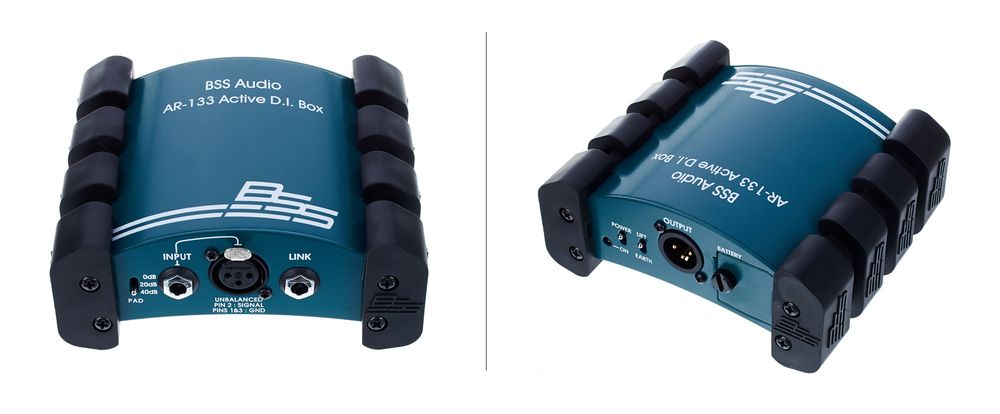
BSS Audio
When you encounter humming or need to send an unbalanced signal over a long cable run, you'll need a DI box. It balances the signal and can interrupt an existing ground loop or hum with a "Ground Lift" feature.
If you're connecting instruments (e.g., a keyboard or acoustic guitar) directly to a mixing console, using a DI box is a wise choice. It helps you deal with any potential interference effectively.
To dive deeper into this subject, we recommend checking out our online guide on "DI Boxes."
DSPs

DBX 223 Xs
A classic two-way stereo crossover has two inputs and four outputs. It splits the incoming stereo signal (L+R) into high-frequency and low-frequency components. The outputs of the crossover are then connected to the power amps of subwoofers and top speakers. This way, each speaker receives the portion of the signal it can handle best.
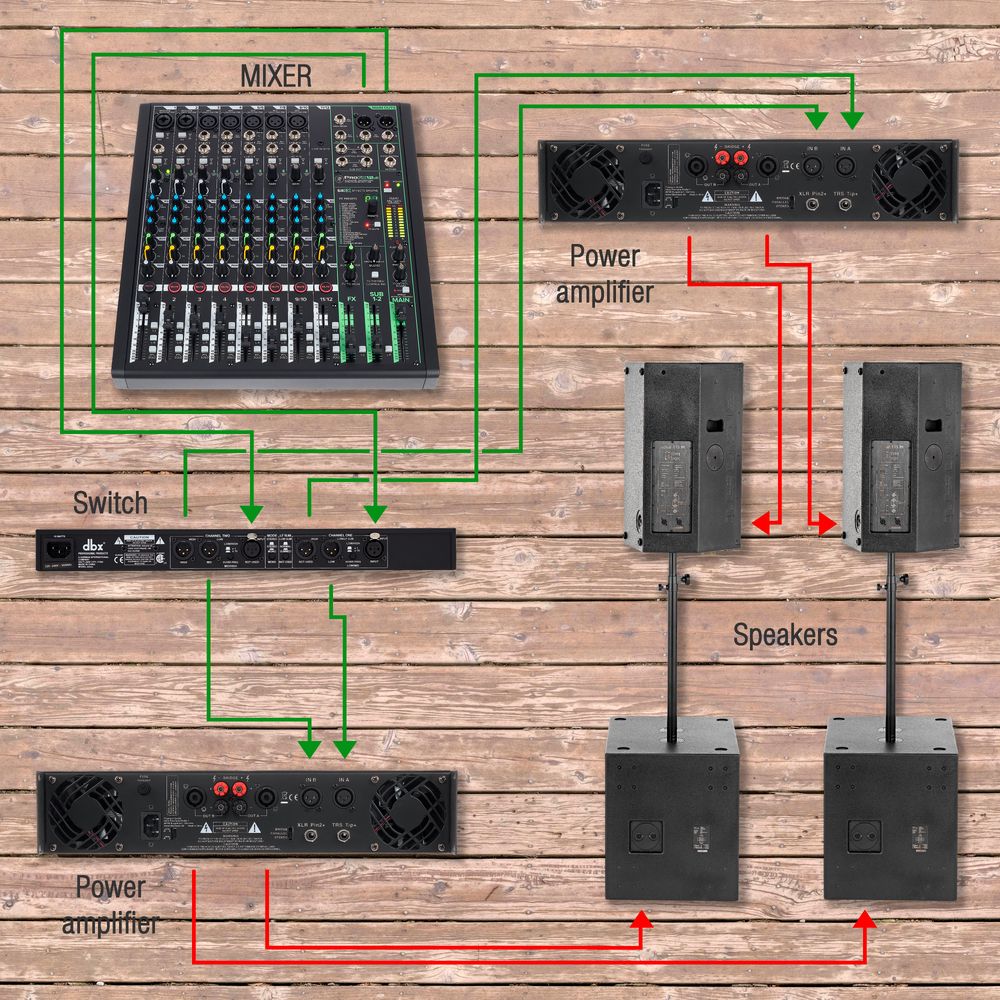
Example Wiring of a PA System with Crossover
A DSP (Digital Signal Processor) not only divides the frequency spectrum but can also equalize (EQ), delay, compress, and limit each individual channel. As DSP technology has become more affordable in recent years, choosing a DSP is definitely worth it when seeking sound optimization.

Digital Signal Processor with 4 inputs and 8 outputs
Multi-Effects Units
To further enhance sound quality, effects are often the way to go. Reverb, delay, or modulation effects like chorus and flanger can add that extra flavor to a mix. Typically, an external effects unit is connected to the mixing console via an effects loop (Aux).
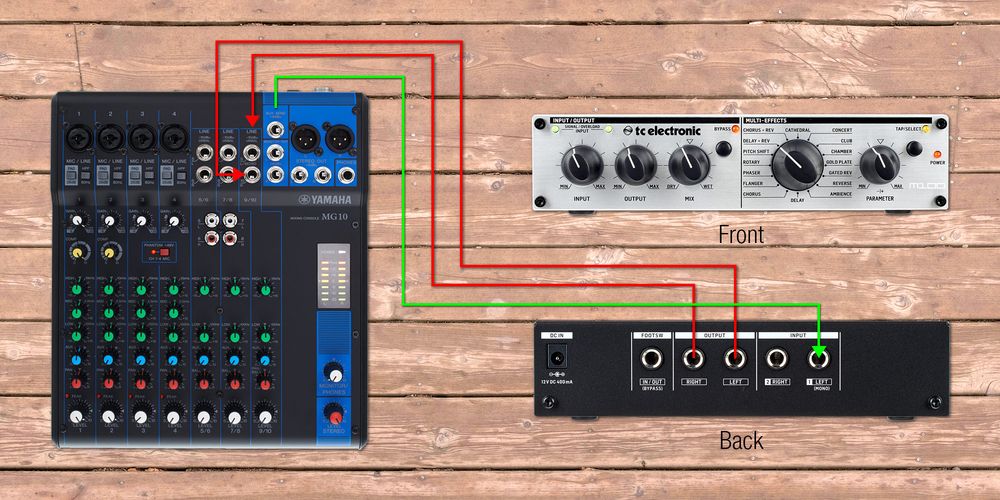
Connecting an external effects unit
Today, there's a wide selection of mixers with integrated effects units. With digital mixers, you often don't need external effects units anymore. Hence, traditional 19" effects units are becoming a dying breed.
Stage boxes/Multicore cables
Many signals inevitably mean many cables. If you're miking up an entire band, you'll quickly accumulate quite a few cables. To maintain order, there are multicore cables. In essence, multicore cables bundle several individual cables within one "large" cable with multiple connectors on each end. Often, on the stage side, multicore cables have a stage box, where all stage signals converge at a central point.
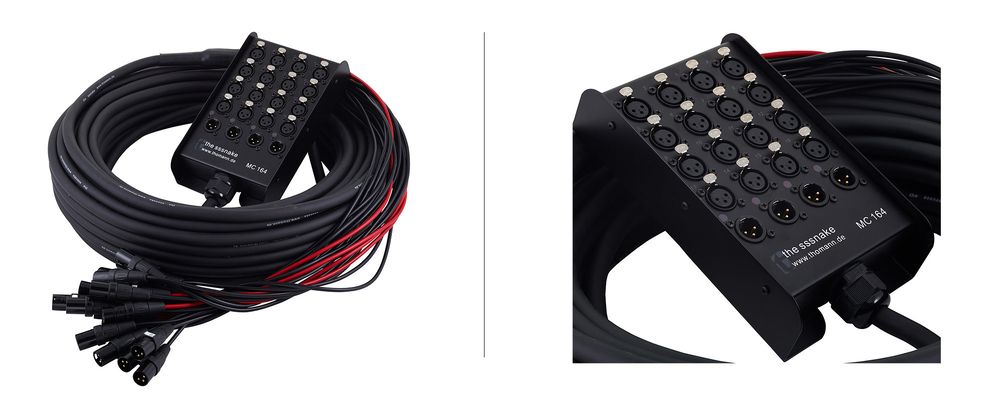
Stage box with a 30-meter multicore cable for 16 sends and 4 returns
Multicore cables are used in practice to minimize the cabling between the stage and FOH.
People who own digital mixing consoles sometimes get the chance to hook up one or more digital stage boxes. These gadgets are usually connected using just one cable, often a network cable. This method is particularly helpful when you're dealing with a bunch of channels, and it also keeps things lightweight.
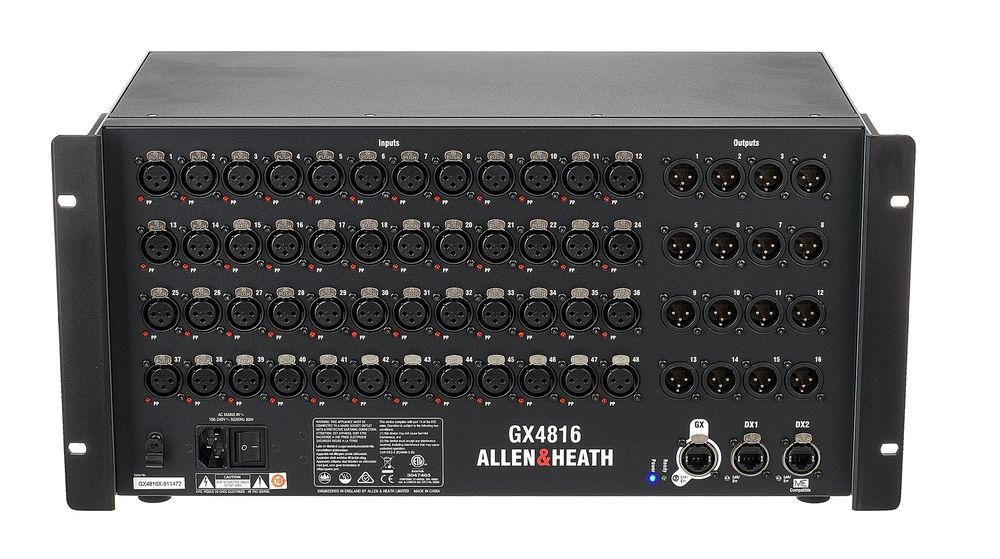
Digital stage box with 48 inputs and 16 outputs
For more information on digital stage boxes and their specifics, check out our Online Guide on Digital Mixers.









